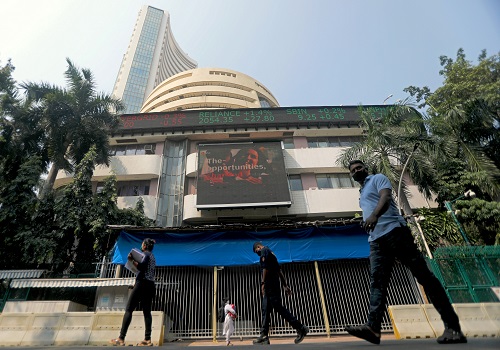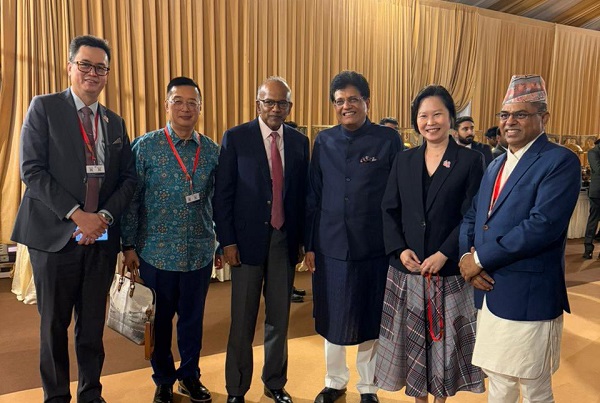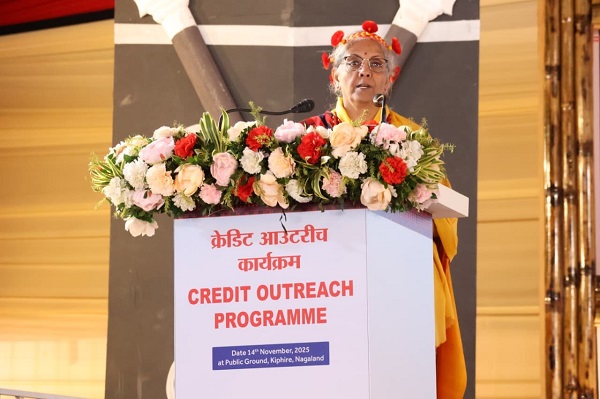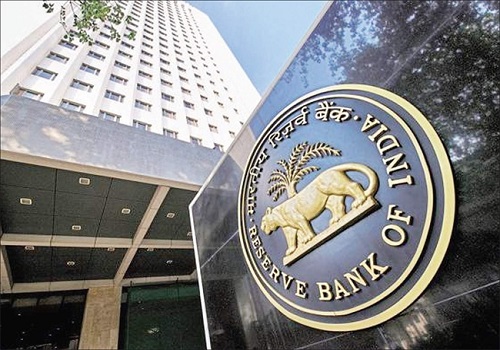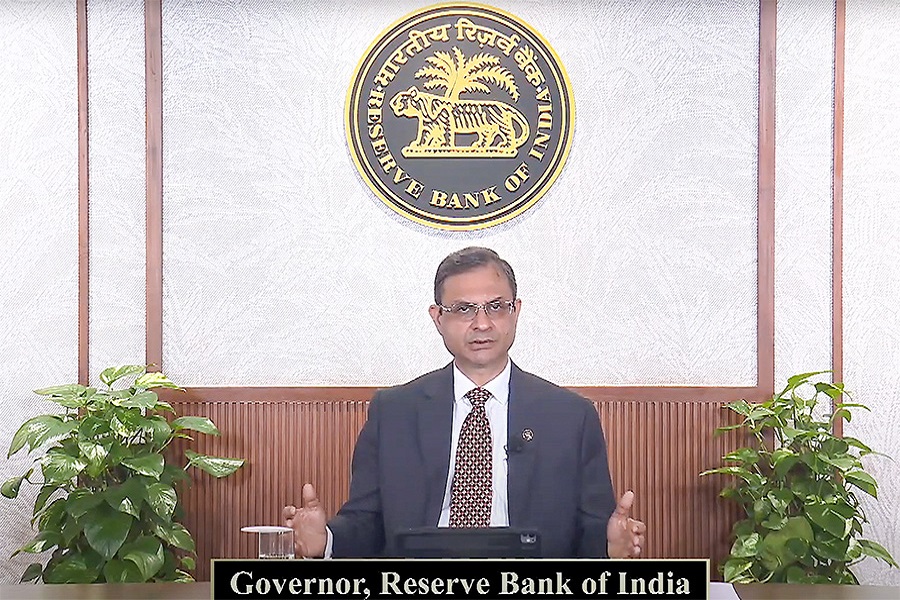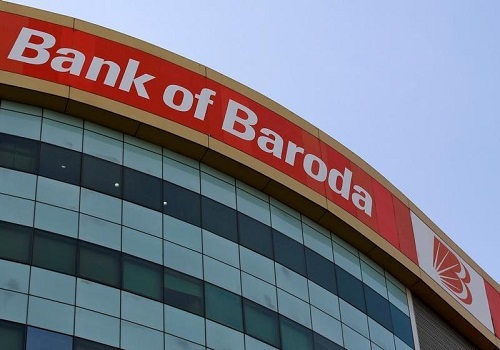Demand for electronic components estimated to grow over five-fold to $240 billion by 2030: CII

The Confederation of Indian Industry (CII) in its latest report has said that demand for electronic components and sub-assemblies is estimated to grow over five-fold to $240 billion by 2030, including includes some of the key parts like motherboard, lithium ion batteries, camera module etc that are largely imported. The report recommends the government to come up with revised electronic components production-linked incentive schemes with higher incentives in the range of 35-40 per cent to reduce dependence on imports.
It stated the demand for components and sub-assemblies stood at $45.5 billion to support $102 billion worth of electronics production in 2023. This demand is expected to scale to $240 billion to support the $500 billion worth electronics production by 2030. Priority components and sub-assemblies, including PCBAs, are projected to grow at a robust CAGR of 30 per cent, reaching $139 billion by 2030.
The report identifies components and sub-assemblies of batteries (lithium-ion), camera modules, mechanicals (enclosures etc), displays and PCBs as high priority for India that cumulatively account for 43 per cent of the components demand in 2022 and is expected to grow to $51.6 billion by 2030. These components have either a nominal production in India or are heavily import dependent. India can hardly afford to sustain this trend of importing the priority components. Similarly, PCBA is a high potential category for India since most of the demand is met by imports. This segment is expected to grow 30 per cent, leading to a demand creation of around $87.46 billion by 2030.
According to the report, manufacturing-related cost disabilities compared to other competing economies like China, Vietnam, Mexico (10-20 per cent), lack of big domestic manufacturing corporations, lack of domestic design ecosystem for Indian companies and lack of raw materials ecosystem are big challenges for manufacturing of components and sub-assemblies in India. It has recommended that the government craft a scheme aimed at providing fiscal support for select components and sub-assemblies in the range of 6-8 per cent for 6-8 years.


